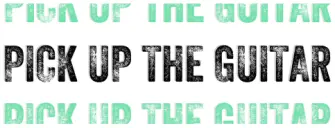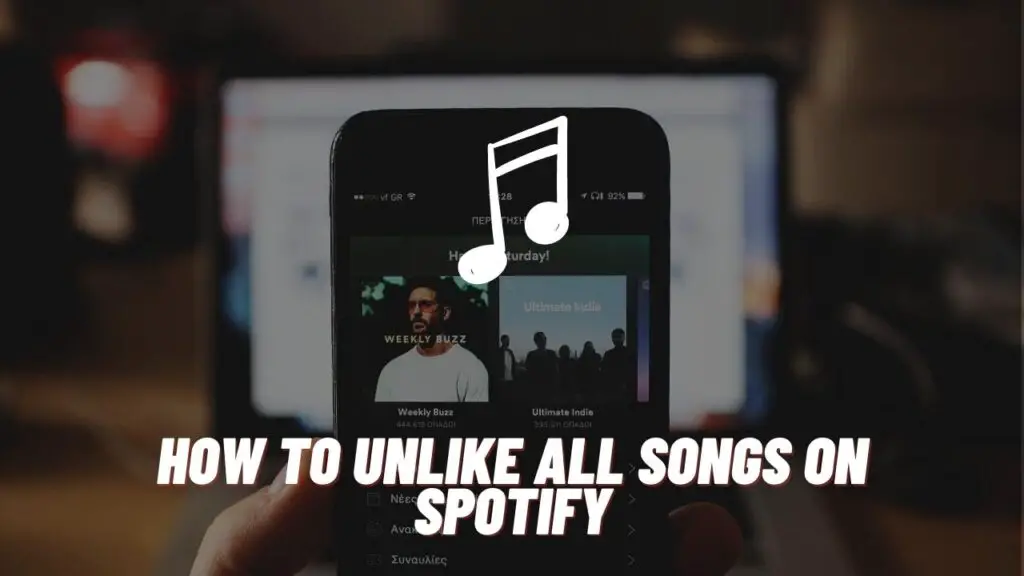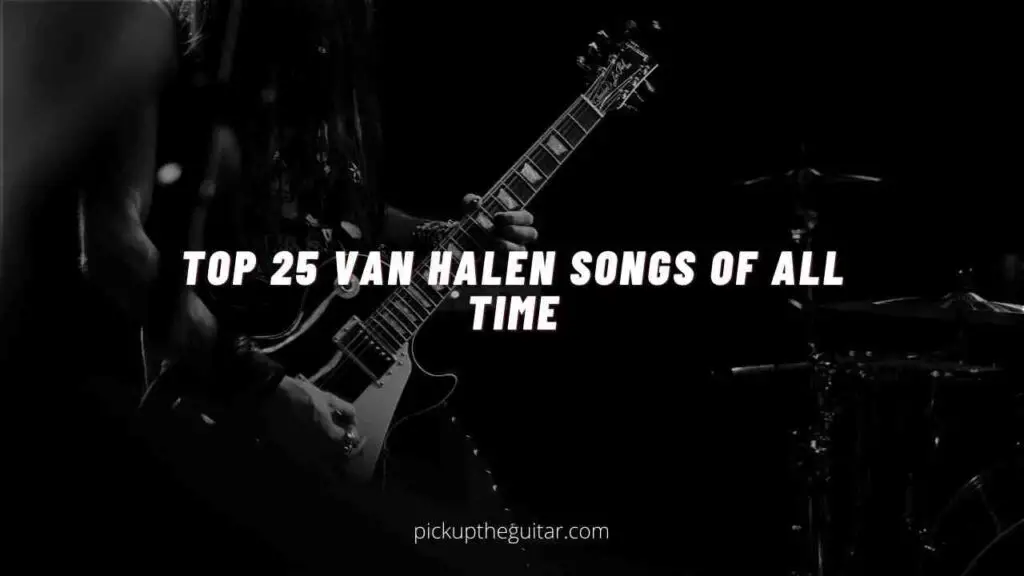If you’ve turned on YouTube lately, you may have noticed a new sound – one that’s chill and mellow but still catchy enough to keep your attention. This is the sound of Lo-Fi music, and it’s been gaining popularity all over the world. But what is Lo-Fi music?
Well, this blog post looks at what exactly lo-fi music is, how it began, and why many people today find solace in its warm and intimate production techniques.
So, if you’re curious about this unique genre, keep reading.
What is Lo-Fi Music?
Lo-fi music, short for low fidelity, is a genre characterized by its gritty and grainy audio quality, often embracing noise and distortion in recordings or performances as a deliberate choice.
It is often said to have a “warm” sound, which has helped it gain popularity among music lovers seeking an escape from the highly-produced sounds of mainstream music.
Lo-fi music has its roots in DIY music and has gone through various transformations over the years, with its modern version becoming increasingly popular for studying and focusing online.
Key characteristics of lo-fi music include the use of drum loops to form rhythms, often featuring live elements for easier manipulation with a digital audio workshop (DAW). These elements are often accompanied by layers of dreamy synthesizers, piano melodies, and heavy reverb or delay effects.
Today, Lo-fi music has become one of the most popular genres on streaming platforms and has been used to create soundtracks for game shows, documentaries, youtube videos, and even films.
History of Lo-Fi Music
Origins & Evolution
The history of Lo-fi music can be traced back to the 1950s when the term ‘lo-fi’ was popularized.
By the 1960s and 70s, the genre had already started to gain popularity, with The Beach Boys’ albums such as Smiley Smile and Wild Honey being renowned for their lo-fi production techniques.
In the 1980s, the genre saw a rise in popularity. Thanks in part to the Punk DIY ethos and the release of the Tascam Portastudio in 1979. This portable four-track recorder allowed musicians to record their music at home without needing expensive studio equipment. As a result, a new generation of DIY musicians emerged, who recorded their music in bedrooms, basements, and garages.
Additionally, through DJ William Berger, the term Lo-Fi even got bigger in the mid-80s, when his weekly show titled LO-FI got popularized.
And from the 90s to date, lo-fi music has only grown and developed in different styles and approaches.
Defining Characteristics
In this section, we will explore the defining characteristics of this genre by examining sound quality, instrumentation, mood, and atmosphere.
Sound Quality
Lo-fi stands for “low fidelity,” which refers to the audio quality of the music. Unlike other genres that strive for polished audio, lo-fi music embraces and incorporates imperfections such as background noise, audio hiss, and distortion into the overall sound.
This low recording quality gives the music a nostalgic and distinctive vibe, reminiscent of older recording technologies.
According to Music Grotto, even though low fidelity implies lower quality, the genre’s charm comes from the grittiness and natural errors that come with such recordings.
Instrumentation
Lo-fi music often features simple instrumentation, usually relying on just a few instruments to create its signature sound. Common instruments found in lo-fi tracks include keyboards, guitars, and drums.
MasterClass points out that lo-fi music makes extensive use of drum loops, similar to hip-hop. Both electronically-produced samples and live recordings of drums are utilized, with beatmakers often preferring live elements due to the greater flexibility they provide when manipulating the music in digital audio workshops (DAWs).
Mood and Atmosphere
Lo-fi music typically evokes a mellow and dreamy atmosphere. Its production often includes heavy reverb and delay effects, giving the music a hazy and distant texture.
This makes the genre exceptionally popular for background music when studying or focusing on tasks.
As Hip Hop Makers explains, the calming tempo and simple drum patterns contribute to the soothing and introspective ambiance characteristic of lo-fi music.
Popular Lo-Fi Music Genres
Lo-fi music encompasses a variety of genres, each with its unique characteristics and appeal. In this section, we will explore three popular sub-genres: Lo-fi Hip Hop, Lo-fi Indie, and Lo-fi Ambient.
Lo-fi Hip Hop
Lo-fi Hip Hop is a sub-genre that merges the simplicity of lo-fi production with elements of hip-hop music. It is heavily influenced by 1990s hip-hop and boom bap, often utilizing slow-rhythmed jazz and hip-hop beats, looped samples, and a focus on instrumentals. This sub-genre is perfect for creating a relaxed atmosphere, allowing listeners to unwind, study, or work while enjoying the music’s laid-back vibe.
Lo-fi Indie
Lo-fi Indie is another popular sub-genre, characterized by its fusion of lo-fi production techniques with indie rock or pop music elements. This sub-genre often features imperfect or “raw” recordings, resulting in a nostalgic and intimate listening experience. Bands and artists in this genre may use unconventional recording methods or low-budget equipment to create a distinct, authentic sound.
Lo-fi Ambient
Lo-fi Ambient music combines the qualities of lo-fi production with ambient music, creating a calming and atmospheric soundscape. This sub-genre focuses on using minimal instrumentation, often incorporating natural sounds, drones, or field recordings. The result is a tranquil background music perfect for relaxation, meditation, or concentration.
Role in Modern Culture
Study and Relaxation
As you might have seen, lo-fi music is often used as a tool for studying and concentration. Its calming tempo, dreamy soundscape, and lack of lyrics make it perfect for focus-intensive tasks such as reading, writing, or studying. Infact, I discovered Lo-fi music through my own need for gentle background music to help me stay focused and productive!
Online Communities
Lo-fi music has also fostered strong online communities, where fans and creators can come together, share ideas, and collaborate on new projects. These communities typically exist on platforms like YouTube, SoundCloud, and Instagram, where users seek out playlists and channels specifically dedicated to lo-fi music.
One of the most notable examples of an online lo-fi platform is Lofi Girl on YouTube, which has gained over 12 million subscribers and has become a go-to source for many seeking a calming soundtrack for their daily lives.
Lo-Fi in Media and Advertising
Lo-fi’s unique sound and nostalgic qualities have not gone unnoticed by media and advertising professionals. The genre’s cozy and nostalgic soundscapes have been utilized in a variety of media formats, including podcasts, video game soundtracks, and commercials.
Notable Lo Fi Artists and Producers
Lo-Fi music has gained significant popularity over the years, with many talented artists and producers contributing to the genre. Some of the top artists in the Lo-Fi hip-hop scene include:
- Chillhop Music
- J Dilla
- Nujabes
- Knxwledge
- Tomppabeats
- MF DOOM
- Lofi Girl
- The Bottleg Boy
- Eric Godlow beats
These artists have developed their unique styles and sounds within the Lo-Fi genre, often combining elements from various musical influences, such as jazz or electronic music. They have each gained a large following, with some having millions of views and plays on their YouTube channels.
Conclusion
In conclusion, Lo-fi music has become a go-to source for many seeking a relaxed, nostalgic soundscape in their daily lives. Its combination of lo-fi production techniques and various musical influences has resulted in some truly unique music.
And as more people gain access to music technology and the creative community behind lo-fi music continues to grow, it is likely that the genre will maintain its popularity and influence on upcoming artists in the years to come.
We hope that you have enjoyed learning about the origins and appeal of lo-fi music. So, until next time!
Frequently Asked Questions
What does Lo-fi mean in music?
Lofi or lo-fi is a term that has been thrown around in the music industry for quite some time now. It is an abbreviation of “low fidelity,” which essentially means low-quality audio recordings. In simpler terms, Lo-fi music is characterized by its gritty, raw, and unpolished sound quality. Although Lo-fi originated from the hip-hop genre, it has evolved over the years to include other styles such as jazz, soul, and electronic music.
Is LoFi music healthy?
Research shows that listening to Lo-fi music can indeed have several benefits for our well-being. The calming nature of the music helps to reduce stress levels, lower anxiety and improve concentration levels. This makes it an excellent choice for those who are looking for a way to unwind after a long day or need help focusing on their work.
Additionally, Lo-fi music has also been found to have therapeutic effects on individuals suffering from depression or other mental health disorders. The slow tempo of the beats and calming melodies can help alleviate symptoms such as feelings of sadness or hopelessness.
Who made Lo-fi famous?
Although the roots of Lo-fi music can be traced back to the hip-hop genre, DJ William Berger is often credited as the one that made the term Lo-fi famous.
Why is Lofi Girl so popular?
Lofi Girl is a popular YouTube channel that streams live music 24/7. The channel features a girl sitting in her room, doing her homework while listening to lo-fi beats. The stream has become incredibly popular and has amassed over 12 million subscribers worldwide. So, what makes Lofi Girl so special?
Firstly, the channel provides an excellent background score for people studying or working from home. Unlike other music channels that play loud and distracting tunes, Lofi Girl offers calm and soothing tracks that can help you focus better on your work. Additionally, the visual aspect of the stream is equally appealing as it provides a sense of familiarity and comfort to viewers.
Secondly, Lofi Girl’s success can also be attributed to its unique branding and marketing strategy.




